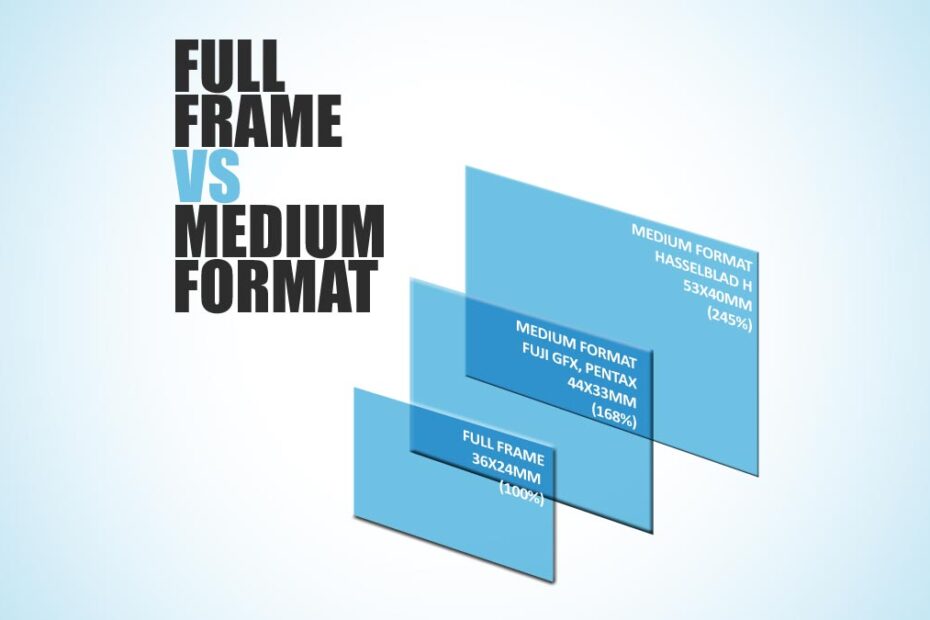

It turns out that crop factor is one of the best characteristics of using a medium format lens on a DSLR. With these, it’s easy to see that the medium format lenses have the same field of view as the Canon lenses. I overlaid them in Photoshop to make comparisons. These were compared with images shot with my medium format lenses. I did an experiment to validate this and took several Canon L lenses (intended for full frame sensors).

But remember, it’s just seeing less of the full image. But if you take a photo with a medium format camera and then use the same lens on a full frame DSLR, the DSLR photo will appear to be zoomed by 2X. It won’t matter if this lens is used on a full frame camera or a medium format camera. It over fills an APS-C sensor by 3.4 times.Ī 55mm lens is a 55mm lens. In terms of what was discussed earlier, a 6×7 lens on a full frame DSLR over fills the sensor area by more than 2 times. Using these lenses on an APS-C sensor provides a crop factor of over 3.4X. Using lenses for medium format on a full frame DSLR provides a crop factor of over 2X. The film size of a 6×7 is about 6 x 7cm, however the actual size is about 56.0 x 72.0mm, depending on camera format. There is a big difference in film/sensor size. I’m currently using Pentax 67 lenses on my full spectrum Canon 5D Mark II. The exact same situation occurs when we use a medium format lens on a DSLR. An APS-C sensor is 22.4mm x 15mm or 27.0 mm. A full frame sensor is nominally 36mm x 24mm, which is 43.3mm diagonally. Since different sensors have different aspect ratios (height to width) I prefer to use the diagonal distance for crop factor calculation, as it accounts for both height and width. This is simply the ratio of the smaller image size vs the larger one. The most common is when using a full format lens on an APS-C sensor camera. It is merely a characteristic of the image size and the sensor/film size. It’s important to note that there is no magnification or change in focal length. The inset square represents the crop factor of an APS-C sized sensor. The image below represents a full frame DSLR image (35mm format). This gives the appearance that the image is zoomed, when compared to the same image on a full format sensor. When this happens, the sensor is only seeing a portion of image on the film plane.

In other words the smaller sensor is sitting in the center of a larger image on the film plane. Using a full format (35mm) lens on a DSLR with a crop sensor (APS-C, Micro Four Thirds, etc), the lens will project an image that is larger than the sensor size. When you use a lens that is intended for a different sensor size or film format, the lens can overfill or under-fill the sensor/film. Before going into this, let’s get a little background on what crop factor is and why it’s relevant to this blog. In my experience, one of the most understood characteristics of using non-standard lenses with different film/sensor size is crop factor.
#Medium format vs full frame sensor size series
I wanted to continue this series with a little more information. Several months ago, I wrote a blog about using medium format lenses on DSLR.


 0 kommentar(er)
0 kommentar(er)
